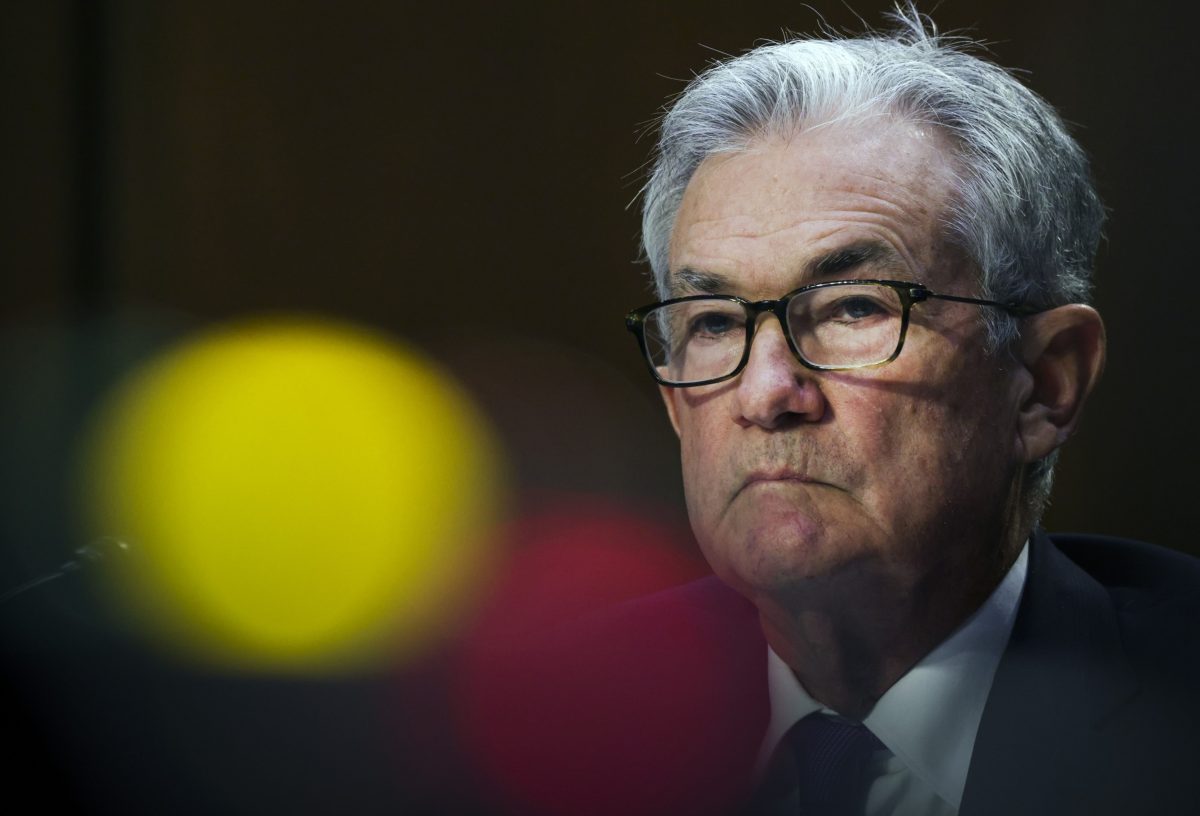Even though substantial progress has been made toward weaning the global financial system off of LIBOR, markets have undervalued the risk that a zombie version of the vital benchmark will continue on, according to JPMorgan Chase & Co. strategists.
Its overseer, the U.K. Financial Conduct Authority (FCA), said two years ago that banks won't have to submit the data used to calculate LIBOR starting in 2021. However, because there's no explicit ban on submissions, JPMorgan suspects a smaller panel of firms may keep feeding it numbers, leaving the index in a problematically undead state.
"Though average zombie LIBOR levels may not differ much from a broader panel, there is a substantial risk of much higher volatility," strategists led by Joshua Younger wrote in a Sept. 6 note subtitled "Too weird to live, too rare to die."
The global financial system is mobilizing in anticipation of the benchmark's demise. At last count, it underpins more than $350 trillion of mortgages, loans, and derivatives around the world. Regulators have been steering market participants toward more robust alternatives, such as the Secured Overnight Financing Rate (SOFR) in the United States.
See also:
- The Short Road from LIBOR's Death to 'Armageddon'
- LIBOR's Looming Demise Is a Massive Financial Engineering Task
- Schrodinger's LIBOR Refuses to Leave Its Box
- Battle of the Benchmarks Continues
- LIBOR Replacement Contenders
The company that calculates LIBOR, Intercontinental Exchange Inc., will keep updating the index if at least five banks contribute information. That means it would still be around to tally cash flows and other features of legacy contracts. "But its behavior could in principle change notably relative to its current incarnation," according to the JPMorgan report.
The strategists analyzed LIBOR data from 2014 to 2016, leading them to estimate a 90 percent probability that the index would've stayed within 1 basis point (bps) of actual levels back then, had the group of participating banks dropped to only six. However, in 10 percent of cases, a six-member panel would've caused up to 50 percent more daily volatility than a 15-bank group.
Zombie LIBOR may also create "more acute and long-lived feedback loops" where higher rates fuel a "self-perpetuating cycle" and end up pushing front-end rates much higher or lower than they would have with a different LIBOR panel," the strategists concluded.
© 2025 ALM Global, LLC, All Rights Reserved. Request academic re-use from www.copyright.com. All other uses, submit a request to [email protected]. For more information visit Asset & Logo Licensing.




